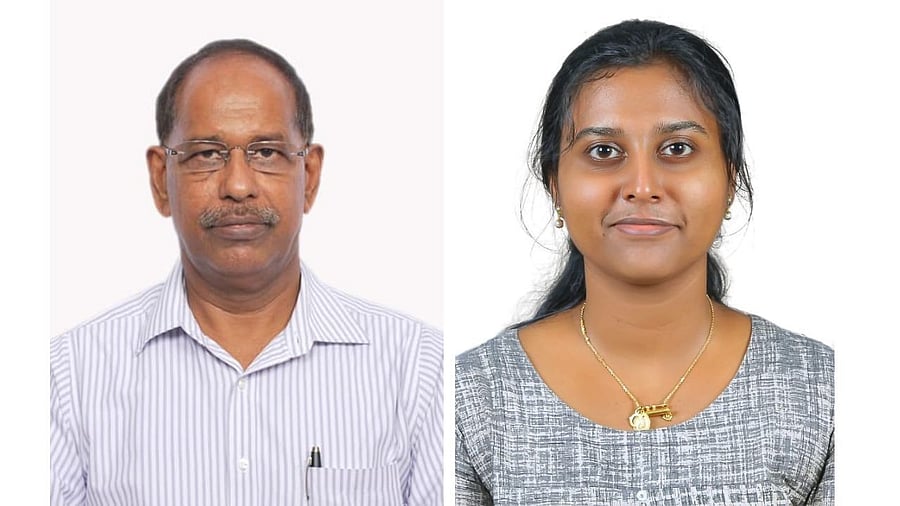
N Ramachandran, a former Indian Police Service officer N Ramachandran and Anjali J, a senior Researcher at the IPF
Credit: Special Arrangement
On a summer morning in 2022, two teenagers were found unconscious in their home in Columbus, Ohio. They had purchased online what they thought were prescription drugs, but which turned out to have been laced with fentanyl. Within minutes, both were gone – victims of an invisible chemical supply chain stretching across continents.
The US Drug Enforcement Administration seized more than 60 million fentanyl-laced counterfeit pills and nearly 8,000 pounds of fentanyl, equivalent to over 380 million lethal doses, in 2024.
The fentanyl crisis has emerged as the deadliest drug epidemic in US history, claiming tens of thousands of lives each year, and making it the leading driver of drug overdose deaths since 2018. Its low cost, ease of production, and the ability to ship lethal doses in small packages make it uniquely dangerous. Online pharmacies and dark-web transactions make the fight against fentanyl fundamentally different from past drug wars.
The President Donald Trump’s administration launched a “Make America Fentanyl Free” campaign, and pressured China to schedule all fentanyl-related substances as controlled drugs. India has also been identified as a source of certain fentanyl precursors. The US has been in touch with India to tighten its NDPS Act for control and monitoring of precursor exports. The US also sanctioned some foreign nationals and firms in China, India and Mexico, having links to suspected illicit production and trafficking of fentanyl and its derivatives.
The focus of the US has been on border security and supply reduction, through disruption of transnational drug cartels, and sanctions against foreign actors. While these efforts brought some impact, the menace continues to rage. Perpetrators simply shifted to unscheduled chemical variants. There is an increasing realisation that the crisis cannot be solved through enforcement alone, but requires a mix of international cooperation, domestic demand reduction, law, technology, regulation, and public health interventions.
India should play a crucial role in the war against fentanyl. As the world’s third-largest pharmaceutical producer, it has the dual responsibility of safeguarding its industry’s reputation and preventing diversion of legitimate chemical products into illicit fentanyl production. Incidents of Indian exporters inadvertently supplying precursors later traced to Mexican labs highlight systemic vulnerabilities.
India must strengthen regulation by introducing stricter KYC and end-user verification for chemical buyers, moving beyond paper-based approvals to real-time digital monitoring. Periodical updating of schedules, enforcing “class-wide” controls on fentanyl analogues, and leveraging AI-driven track-and-trace systems are among the measures needed to make supply chains tamper-proof. Compulsory registration, payment gateway accountability, and enhanced cyber-forensics to track cryptocurrency payments are crucial.
It is important to ring-fence India-US counter-narcotics cooperation from the current stress in bilateral relations. The need of the hour is a proactive Bilateral Counter-Narcotics Task Force enabling seamless, real-time intelligence sharing, particularly on the financial networks and digital footprints of cartels.
Joint investigations are needed to target global smuggling chains, while the US expertise in cyber forensics and digital policing could strengthen India’s regulatory capacity.
Equally important is addressing the crisis through a public health lens. The US must share its insights and resources to pre-empt a potential domestic fentanyl crisis in India, while India can contribute to affordable manufacturing of treatment drugs and diagnostic technologies. Ultimately, the international community should treat the fentanyl crisis both as a public health emergency and a threat to global security.
(N Ramachandran, a former Indian Police Service officer, retired as the Director General of Police of Meghalaya after a long and distinguished career in law enforcement. He is the Founder and Vice Chairman of the Indian Police Foundation. Anjali J is a senior Researcher at the IPF. Views are personal.)